Next to the Andes Mountains lies the Atacama Desert, a place that rarely sees a drop of rain. The area has a variety of amazing geographical features such as volcanoes, valleys, and geysers.
The dry conditions it exists in makes it hard for plants to grow, making it very barren looking with a lack of vegetation during most months.
Where is the Desert?
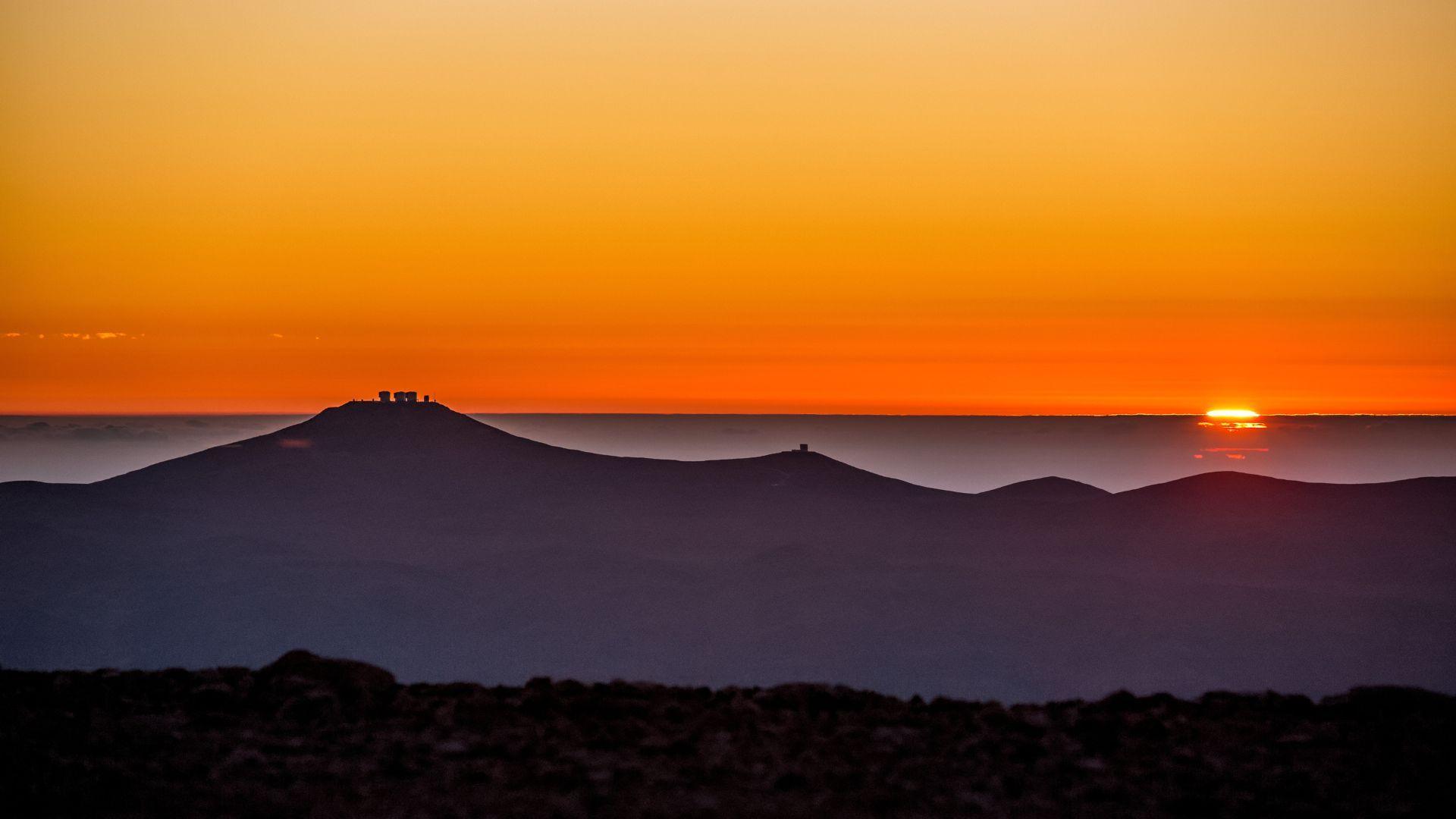
The Atacama Desert is located in Northern Chile. It is next to the Andes Mountains and receives its fascinating weather conditions from the wind coming from the Atlantic Ocean.
The desert is directly South of the border of Peru and spans between 600 and 700 miles long.
What Makes the Desert so Dry?
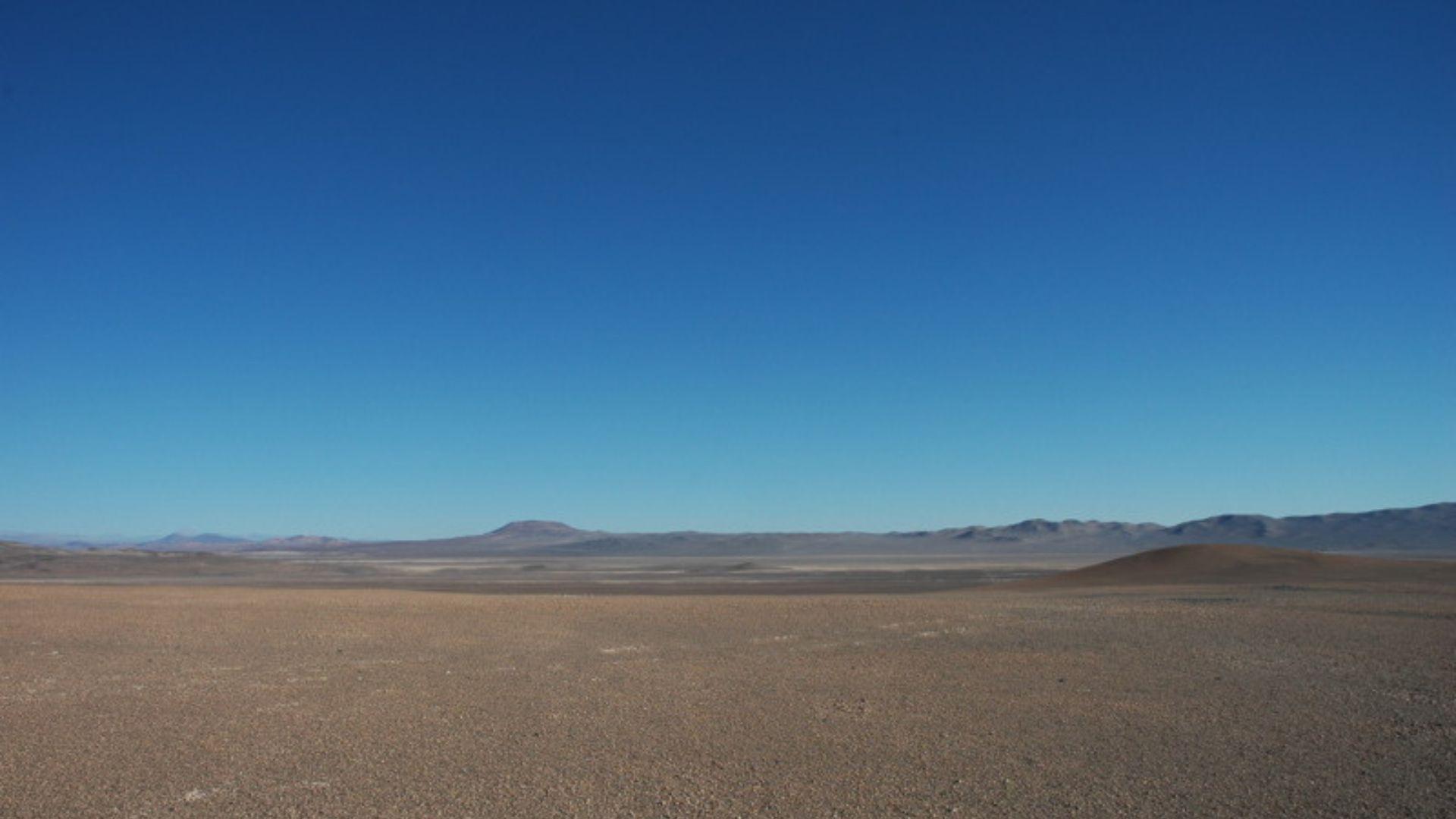
A rain shadow is one of nature’s many wondrous phenomena. The Atacama desert is in a rain shadow, which is what makes it have a lack of precipitation. Rain shadows exist on the areas downwind of a mountain range. When air travels, it moves through the mountain range.
Because the mountains are so tall, the air must rise over the mountains to get to the other side. The air cools as it rises, so by the time it reaches the downwind side of the mountain range, all of the moisture is gone and there is no precipitation left to precipitate on the leeward side of the mountain.
The Curious Rainfall

In the middle of April, the arid desert was exposed to 0.4 inches of rain. Why did this happen? El Niño winds this year led to the rainfall happening earlier than usual. The rain was heavy enough to activate the seeds that sit on the desert ground and help them grow.
People hope that more rains will happen from here, increasing the amount of area that the flowers cover. As the patch sees more rainfall, the flowers will continue sprouting and spreading their beauty further and further.
Life Strangely Prevails
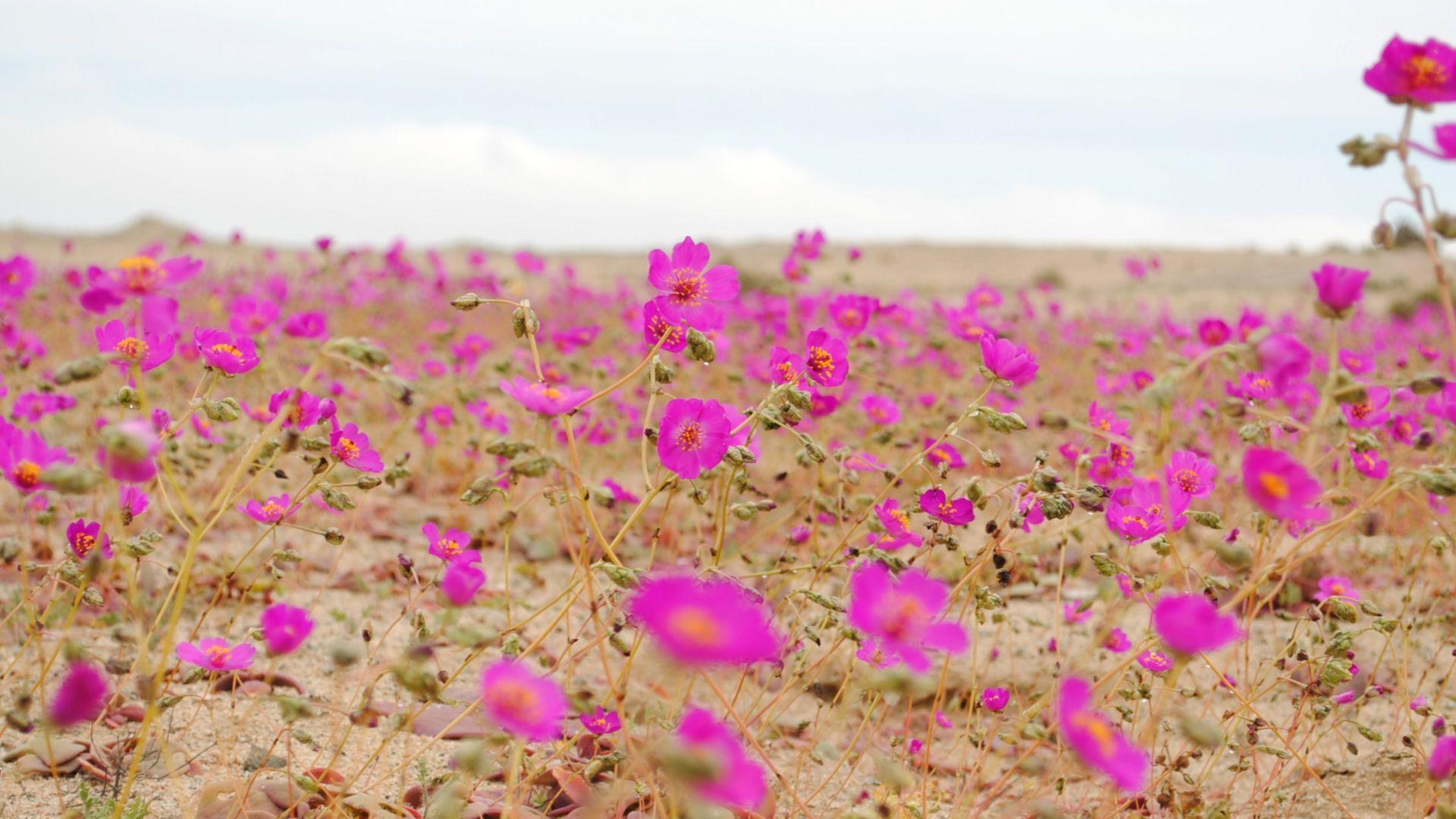
Due to the rainfall that has just commenced, vibrant flowers grew in the desert. These flowers are a gorgeous purple and white hue and make the otherwise barren landscape look alive.
On any regular occurrence these flowers can sometimes appear in the spring. But with the unusual rainfall, the flowers made an appearance in the winter, causing a surprising sight that has not occurred in a long time.
Has this Ever Happened Before?
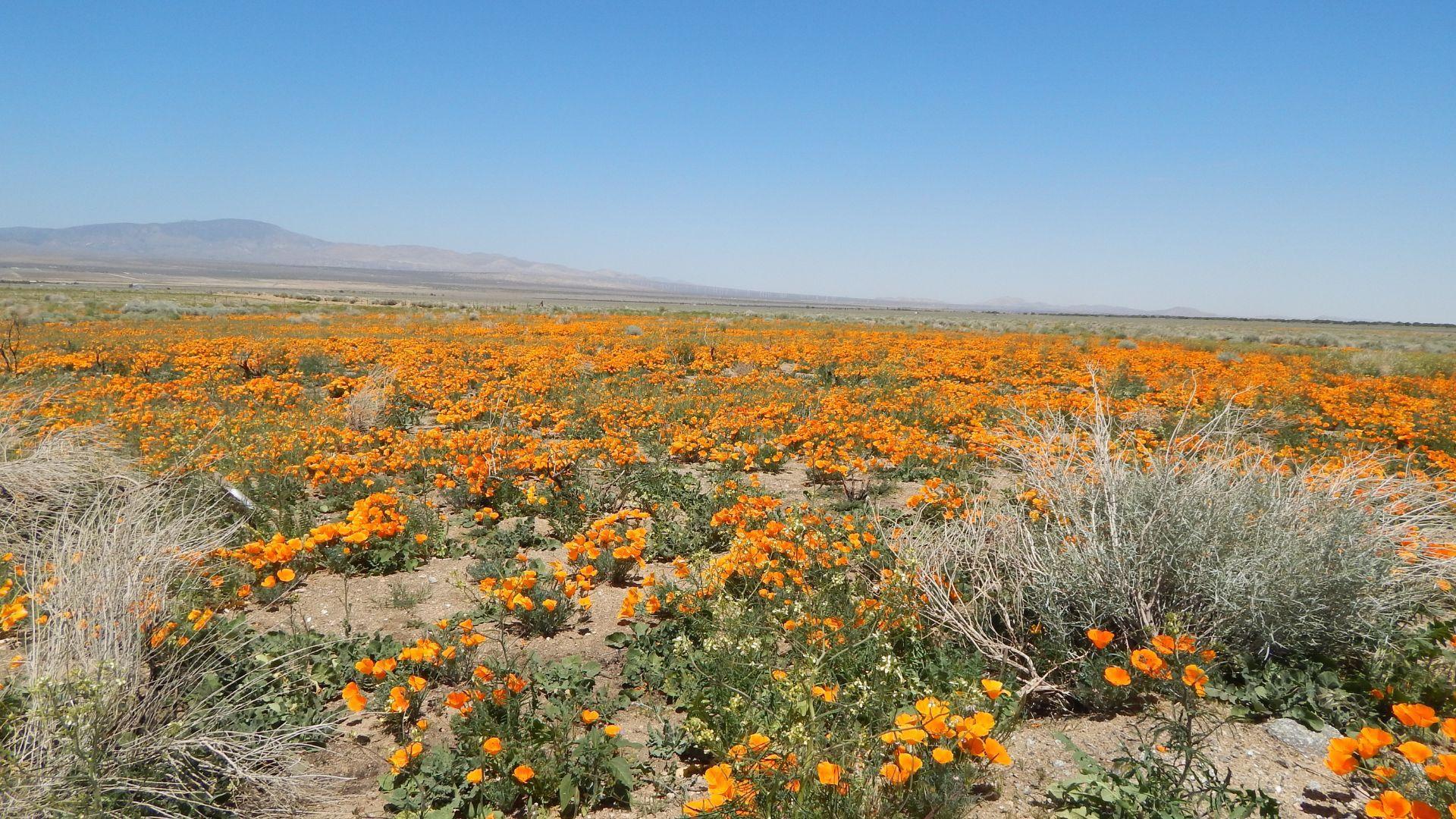
The phenomenon of the dry desert sand being covered in flowers occurs every few years. It is a beautiful sight and draws the attention of all those nature lovers out there.
However, the occurrence usually happens in the spring. This year the rain took place in the winter, leading to an unusual timing of the blooming of those bright desert flowers. This patch of flowers is smaller than the large area that usually happens when there is rainfall.
Is Early Rainfall Common?
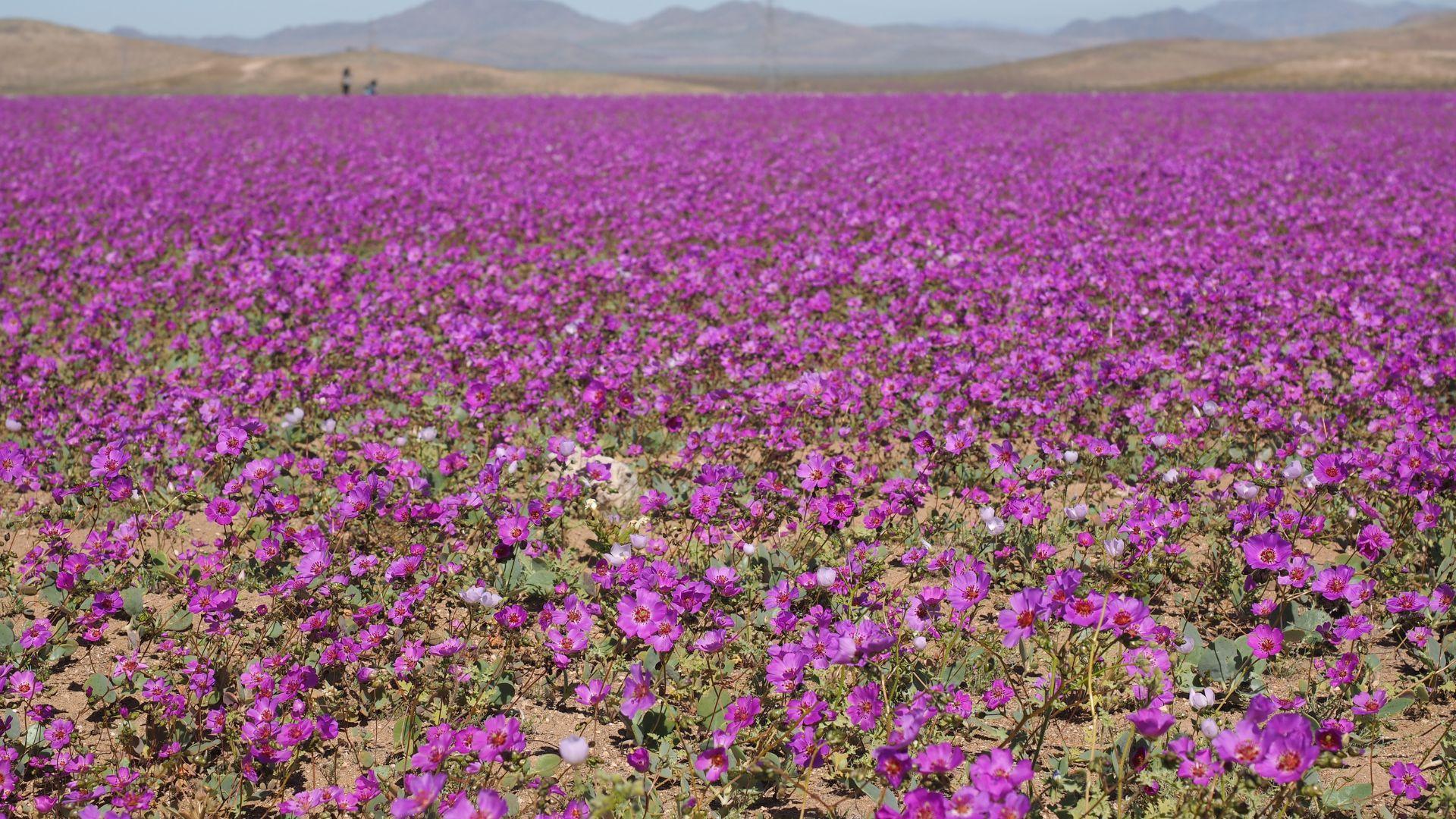
The last time the desert saw an early rainfall was in 2015. The same situation occurred, with an early rainfall leading to an early bloom of flowers.
The nickname of the Atacama Desert is “the flowering desert” because of the occasional sprouting of the pretty buds.
Where do the Flowers Come From?
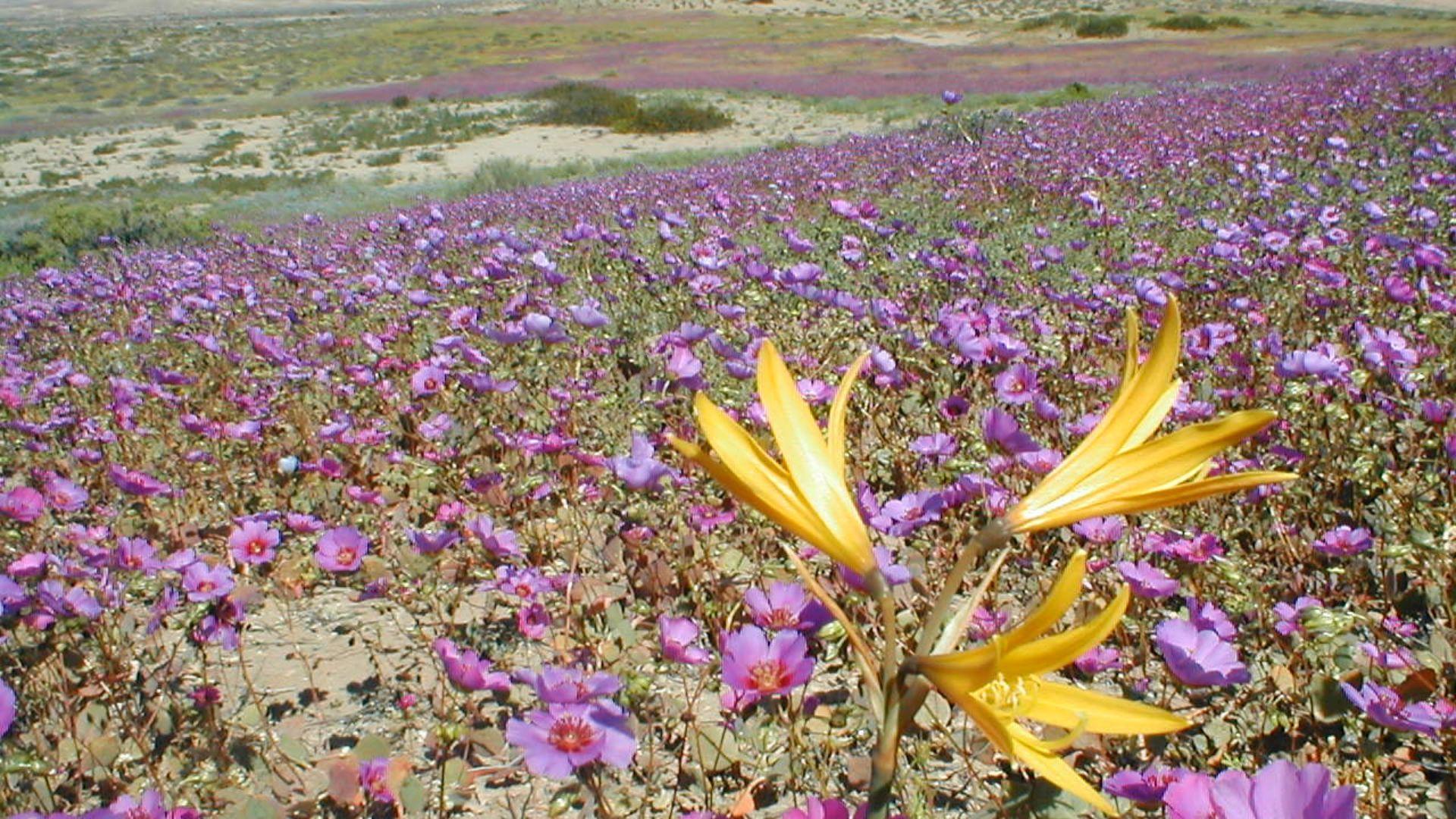
The dormant seeds that live on the ground of the desert are always there, they just aren’t always actively in bloom. Once the seeds are exposed to enough rainfall, the flowers are fueled just enough to sprout from the dry Earth and show their beauty to the world.
People await this experience to marvel in the sight of a large patch of bright flowers covering an otherwise empty sandy landscape.
Where Are Other Places in a Rain Shadow?
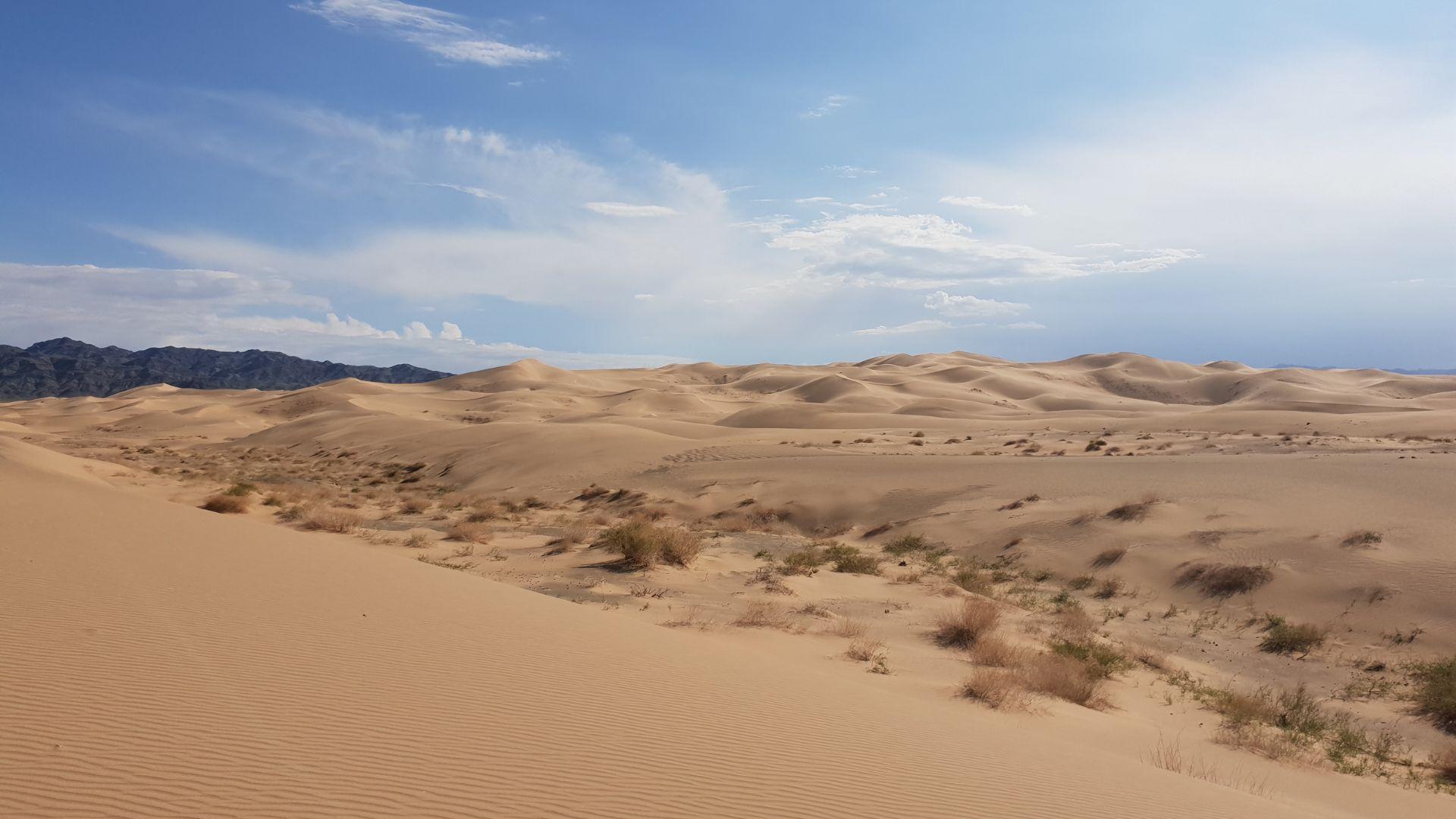
There are a few other significant locations across the Earth that live in a rain shadow, making them incredibly dry without any precipitation. These places are popular for tourists to come and see and marvel in the curious weather they house.
Some of these locations include the Gobi Desert in China and Mongolia which exists next to the Himalayan mountains as well as Patagonia in Argentina that is near the Andes Mountains.
Is There a Rain Shadow in North America?

Death Valley in the United States is the lowest point in North America, and is also the hottest place on Earth. The Sierra Nevada mountain range in California is located next to it, creating a rain shadow.
Lots of people come to visit the area to see how hot and dry it truly is. It has become a common place for tourists to make it a point to see due to the extreme weather conditions and has even been made into a national park called Death Valley National Park.

